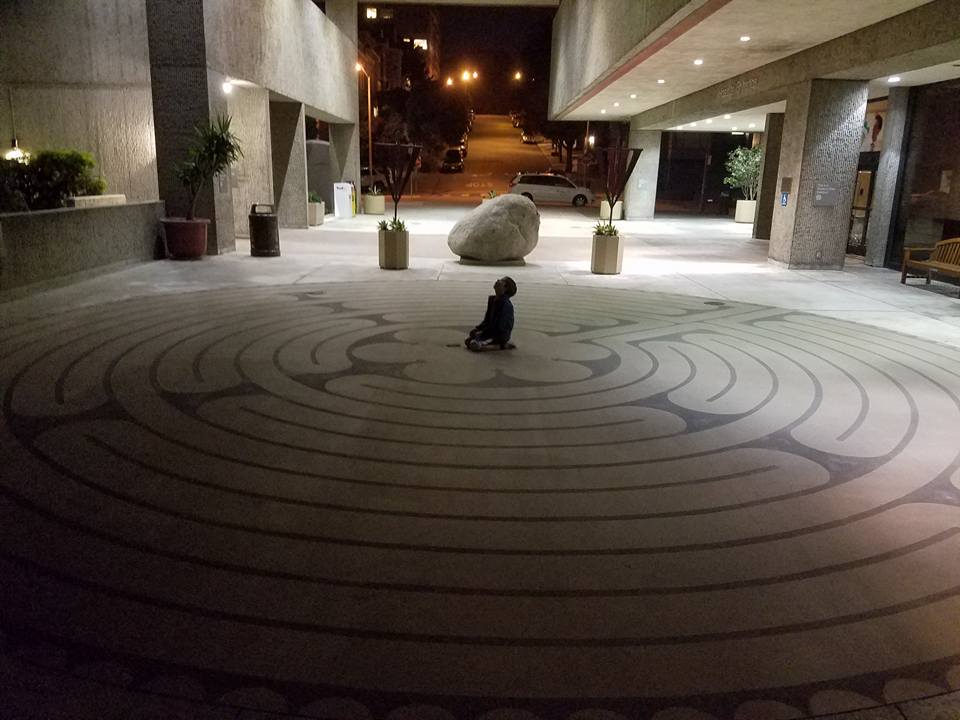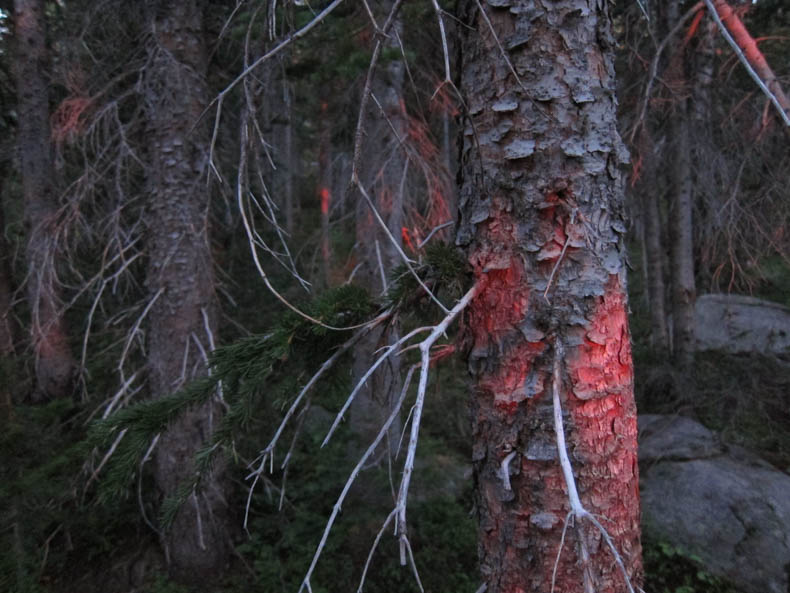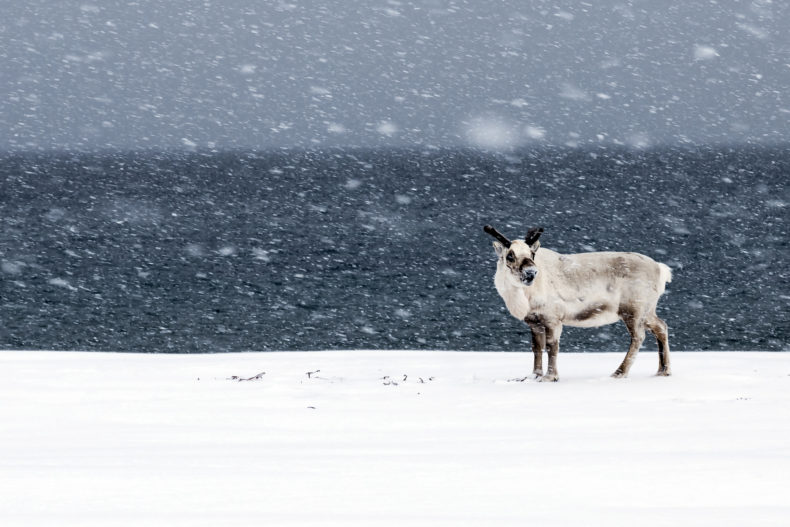 Ann: Please meet Adam Rogers. He wrote a story about DARPA looking for solutions to the credibility problems of social science, only what I’m calling “solutions to credibility problems,” he called bullshit detection.
Ann: Please meet Adam Rogers. He wrote a story about DARPA looking for solutions to the credibility problems of social science, only what I’m calling “solutions to credibility problems,” he called bullshit detection.
First, social science’s credibility problems. Here’s the way I said it in 2015: Start with any question involving human behavior or motivation and try to find an answer. Google it, GoogleScholar it, search the PsychLit database, read the titles and abstracts. Your question will probably be profoundly interesting: Why do siblings stake out their own territory? Why do some people in a community accept what the community offers but avoid offering anything back? How long does grief last? Every single answer you find will be one you could have figured out if you’d arrived yesterday from Mars, taken one look around, and said the first thing that came to mind.
However, that’s a rant, not an explanation of a problem. So Adam, why is a BS detector necessary in the first place? What is wrong with social science that it can’t reliably answer some of the most vexing, important questions we have?
Adam: Hello, Ann! Well, you’ve hit upon the problem right at the top, of course, which is: Why are there no good answers to the best questions? The questions are not, as I perhaps crossed a line by saying, bullshit. The answers, though? Ugh. Across disciplines—from sociology to anthropology to economics to political science—they hew to frameworks that are at least internally consistent (a good start) but don’t talk to each other. This is what the sociological Duncan Watts called his field’s “incoherency problem.” Which I might rephrase as “WTF social science?” Continue reading






